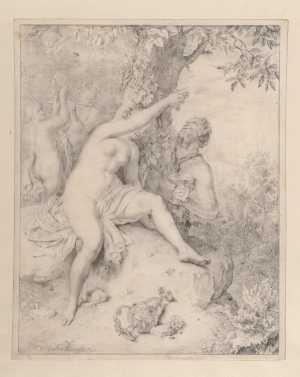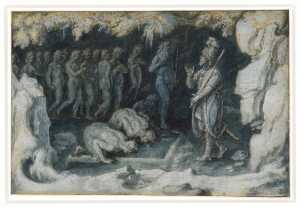Specifications
| Title | Two Male Heads in Profile to the Left |
|---|---|
| Material and technique | Metalpoint, pen and brown ink, on light grey prepared paper (recto), blue-grey prepared paper (verso) |
| Object type |
Drawing
> Two-dimensional object
> Art object
|
| Location | This object is in storage |
| Dimensions |
Height 56 mm Width 188 mm |
|---|---|
| Artists |
Previously attributed:
Anoniem
Previously attributed: Pisanello (Antonio di Puccio Pisano) Previously attributed: Gentile da Fabriano |
| Accession number | I 109 recto (PK) |
| Credits | Loan Stichting Museum Boijmans Van Beuningen (former Koenigs collection), 1940 |
| Department | Drawings & Prints |
| Acquisition date | 1940 |
| Creation date | in circa 1425-1440 |
| Watermark | geen / none ? (sheet prepared on both sides, vG, ?P) |
| Inscriptions | 'd[...]este' [veste?] (above right, pen and brown ink), 'Pisano' (verso, below centre, twice, pencil), '213' (idem, below right, pencil), '67' (verso, above right, pen and black ink) |
| Collector | Collector / Franz Koenigs |
| Provenance | Karl Eduard von Liphart (1808-1891, L.1687), Dorpat/Bonn/Florence; his grandson Reinhold von Liphart (1864-1940, L.1758), Rathshof near Dorpat; his sale, Leipzig (Boerner) 27-30.06.1899, lot 430; Johannes Rump (1861-1932, L.3401) Copenhagen; his sale, Berlin (Amser & Ruthardt) 25-27.05.1908, lot 388, pl. 8 (DM 71 to Goldschmidt); Rudolf Philip Goldschmidt (c. 1840-1914, L.2926), Berlin; his sale, Frankfurt (Prestel) 04-11.10.1917, lot 444, pl. 76 (DM 910 to Jac. Rosenthal); Franz W. Koenigs (1881-1941, L.1023a), Haarlem, acquired in 1926; D.G. van Beuningen (1877-1955), Rotterdam, acquired with the Koenigs Collection in 1940 and donated to Stichting Museum Boijmans Van Beuningen |
| Exhibitions | Paris 1932, no. 113; Amsterdam 1934, no. 614; Rotterdam 1952, no. 78a |
| Internal exhibitions |
Tekeningen uit eigen bezit, 1400-1800 (1952) |
| Research |
Show research Italian Drawings 1400-1600 |
| Literature | Paris 1932, no. 113 (Pisanello); Amsterdam 1934, no. 614 (attrib. Gentile da Fabriano); Haverkamp Begemann 1952, nr. 78a; Degenhart/Schmitt 1968, vol. 1-2, no. 230, vol.1-4, pl. 236a-b (Siena, c. 1425); Fossi Todorow 1966, p. 168 under no. 315 (not Pisanello); Van Regteren Altena 1970, pp. 400-401 (Florentine?); Oberhuber 1979, under no. 3 (attrib Pisanello) |
| Material | |
| Object | |
| Technique |
Prepare
> Prepared
> Shaping techniques
> General technique
> Technique
> Material and technique
Prepare
> Prepared
> Shaping techniques
> General technique
> Technique
> Material and technique
|
| Geographical origin | Italy > Southern Europe > Europe |
| Place of manufacture | Verona > Veneto region > Italy > Southern Europe > Europe |
Do you have corrections or additional information about this work? Please, send us a message
























